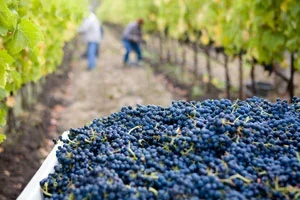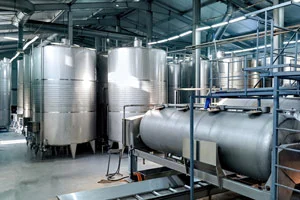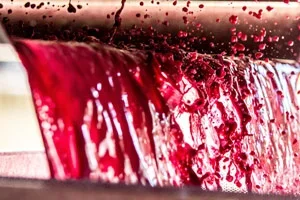Microbiological stability
Microbes are not only responsible for transforming sugars into ethanol or malic acid into lactic acid, but they also provide polysaccharides during their gemmation and lysis. They are responsible for revealing varietal aromas from their non-odour-producing precursors or giving rise to esters in wines with an amyl profile or providing enveloping sensations with the production of glycerol. However, once the wine has finished alcoholic and malolactic fermentations, they become enemies of wine quality and can generate undesirable compounds such as volatile phenols, acetic acid or even refermentations in the bottle that cause turbidity.
There are different strategies to achieve microbiological stability of wines prior to bottling and microbiological analyses make it possible to quantify the risk and the most appropriate strategies for each one. The alcohol content, the absence of nutrients, the presence of sulphur, the correction of acidity and the low storage temperatures of the wines are steps for preventing the development of many species of microorganisms that could develop rapidly in other conditions, such as must. However, there are micro-organisms that have adapted to these conditions and are a problem during storage, ageing and bottling. Moreover, the slow evolution derived from the limiting conditions in which they are found will cause them to develop as a silent danger that will take advantage of improved conditions for their development.
Micro-organism at risk: Brettanomyces/Dekkera
One of the riskiest micro-organisms, due to its adaptability, is Brettanomyces/Dekkera. The danger of this non-Saccharomyces yeast centres on its ability to develop from very low populations with different consequences on the wine depending on the level of contamination.
One tool with proven efficacy in Brett control is chitosan. This chitin derivative has a broad-spectrum antifungal capacity and is particularly effective against non-Saccharomyces and lactic acid bacteria. Its application makes it possible to reduce the load of Brettanomyces, having a double action on these yeasts: physical action + biological action.
Solution with Microstab Protect
The combination of chitosan with antioxidants (GSH) and antioxidasics (tannin) allows Microstab Protect to be used as a tool to control the evolution of wine from the three points of view necessary for conservation. Its use in wine permits the following:
- Act preventively on low populations that may pose a future risk to wine quality.
- Act in a curative way on important populations that are causing a defect in the wine.
- To act in synergy with sulfur, reducing its combination thanks to its contribution of glutathione in reduced form, a powerful antioxidant of natural origin.
- To produce wines with no or low sulfur content due to its triple antimicrobial, antioxidant and antioxidant action.





